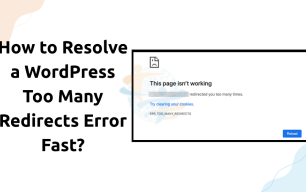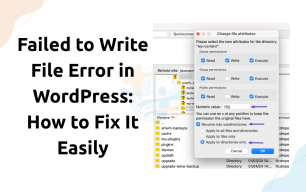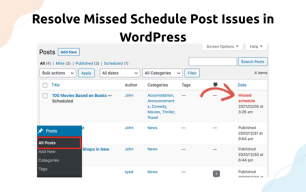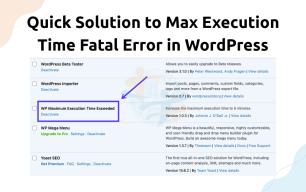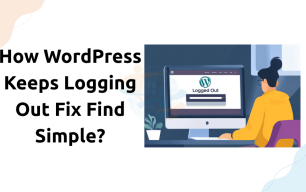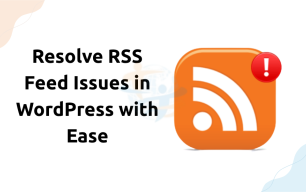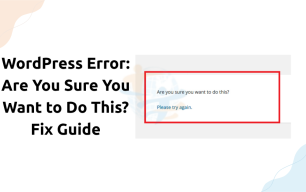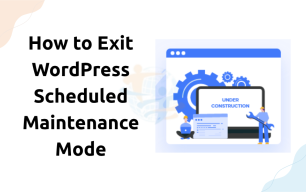How to Fix a Stuck WordPress Update
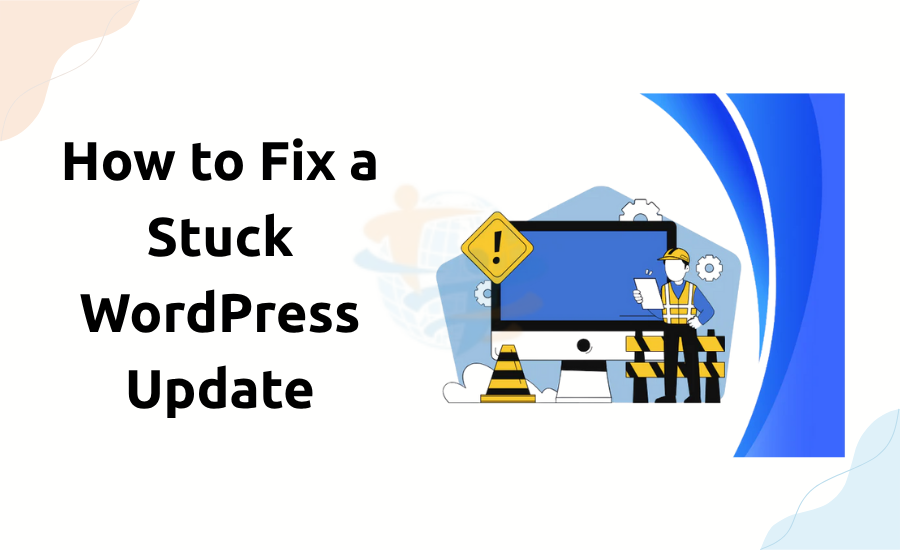
When you perform a core update in WordPress, it creates a lock to prevent other updates from interfering. However, this process can sometimes lead to a stuck WordPress update, where the update hangs or fails to complete properly.
This lock is only temporary. However, if something causes your update to error, such as a timeout or a browser crash, it will still have that lock. Just like that, WordPress assumes that an update is still running, even though it is not.
1. If Nothing Works, Wait It Out:
First, just wait a bit. So try this:
- Wait 15-20 minutes.
- Refresh your dashboard.
- Check if your error is gone.
- If your error is still showing, go to the next step.
2. Remove the Lock with phpMyAdmin
If there is a problem after using the previous option, you can also remove the update lock manually.
Here are the steps:
- Log in to your hosting account.
- Open your phpMyAdmin.
- On the other hand, search your WordPress database and chooset it.
- Open the wp_options table.
- Find the row with an option name of sitetransient_update_core.
- Click Delete for that row.
Important Note
- You need to be careful with phpMyAdmin. Deleting the wrong data can break your site completely.
3. Use a Plugin Instead (optional)
If you prefer not to use phpMyAdmin, there is a user-friendly option.
- Try looking at using a plugin like
- WP-Optimize
- Or Advanced Database Cleaner
- If you are looking to clean and manage any transient options, then these plugins are a safer option.
4. Reinstall or End the Update
When the problem has been cleared up, it is time to move to your update of WordPress: Within your dashboard, go to Dashboard > Updates. Click on Update Now if it has offered you that option.
Don’t miss this post on Resolve Common SSL Issues in WordPress.
Conclusion
The "Another update in process" error in WordPress can be quite irritating, but it is not that hard to work through. You can either wait until it clears up, or you can delete the update lock manually. There are also a few plugins that can be used as well, particularly if you are not comfortable working directly inside the database.

